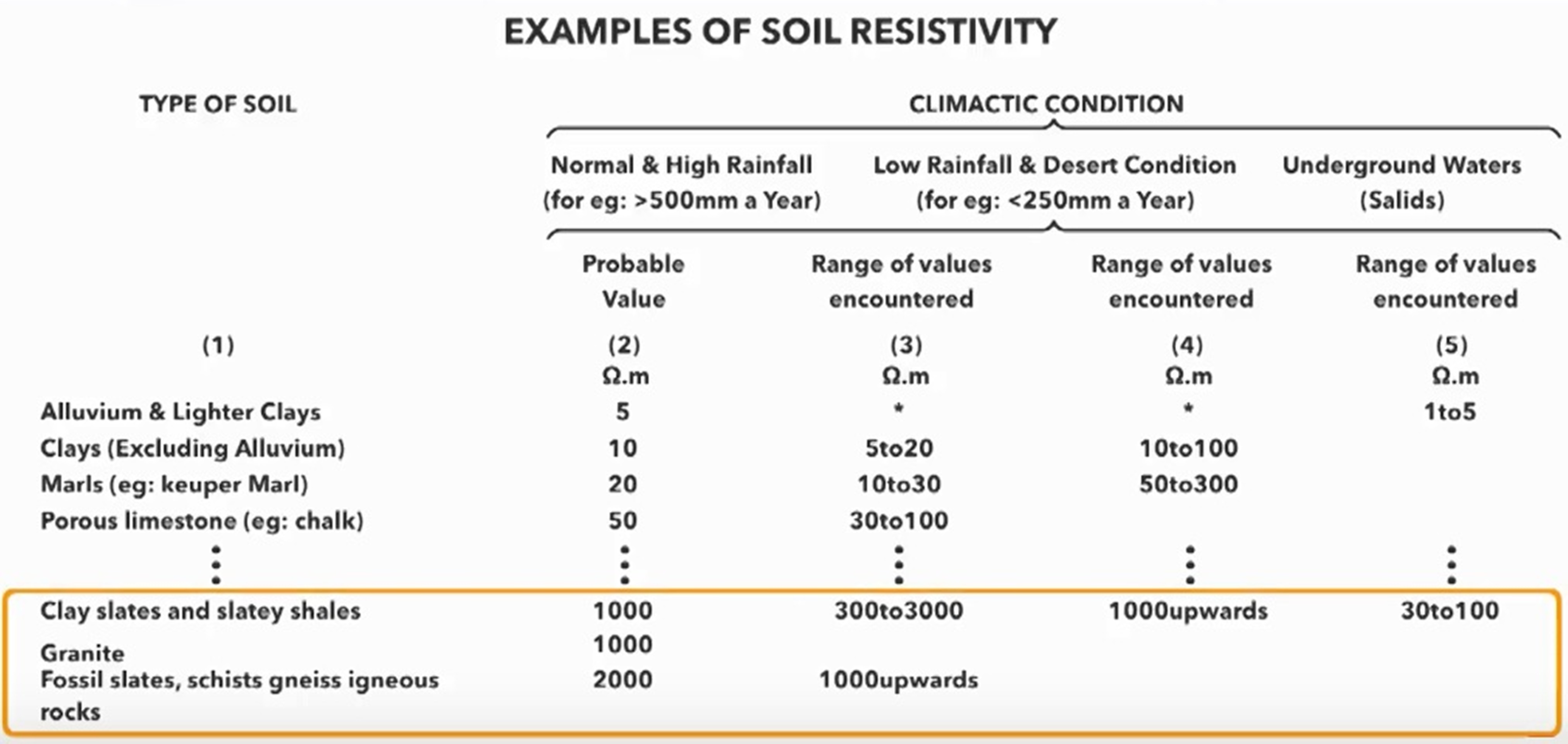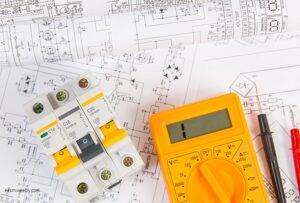Myth 1: Chemical Filled Electrodes are long lasting and maintenance free
Corrosion resistance is one of the primary requirements from an effective electrode – it will determine the working life of the entire earthing system. Detecting failed earth electrodes is not easy since they are buried far underground.
Two long duration tests comparing corrosion rates of various materials were conducted in the US by the National Bureau of Standards and by the Naval Civil Engineering Laboratory. Both these studies showed that the galvanised steel pipes had shorter lives than copper clad steel. The data in these studies show that a 254 micron copper coating can last for longer than 30 years while 100 microns of zinc coating can only be acceptable for a facility with less than 10 years of expected service life.
Hence, Copper Bonded Electrodes are economically advantageous and provide a longer lasting and safer alternative to Galvanised Steel options as provided in Chemical Filled Electrodes.
Myth 2: Chemical Filled Electrodes are easier to install than Copper Bonded Rods.
As a result of their shape, Pipe Electrodes cannot be driven and thus installation requires digging the earth to an appropriate depth, usually more than 3 metres, before placing the electrode and then filling it back up. This is time consuming and would require special and expensive equipment.
Due to the strength of the steel core, and depending on site conditions, Axis Copper Bonded Rods can be hammered or driven quickly into the earth using a power hammer. Installation can thus be quick and effective without the need for much special equipment.
Myth 3: Chemical Filled Electrodes are scientifically tested as per international standards for earthing.
There are no international standards that mention the performance criteria for Chemical Filled Electrodes. UL 467, a Standard for Safety for Grounding and Bonding Equipment, only states that the composition of these chemicals can be 60% Sodium Chloride and 40% Calcium Chloride.
Axis Copper Bonded Ground Rods are tested for 25 kilo Amperes short circuit tests, corrosion and climactic aging, electrical resistivity and other physical, chemical and electrical tests. This ensures that all Axis Copper Bonded Ground Rods comply to the best international standards. (IEC 62561 Part 2, UL 467)
Myth 4: Chemical Filled Electrodes are filled with moisture absorbing chemicals that improve the earthing system’s performance
IEC 62305, which is an international standard for Lightning Protection System Design, states that Earth Enhancement Compound is recommended for an earthing system when the tested ground resistance is over 3000 ohm meter. Indian Standard 3043 mentions that this level of resistance is found most likely found in dry and/or rocky areas. Thus, soil augmentation as claimed by Chemical Filled Electrodes are only required in exceptional cases.

For more information, please contact us at marketing@staging.axis-india.com or visit our website at www.staging.axis-india.com .







